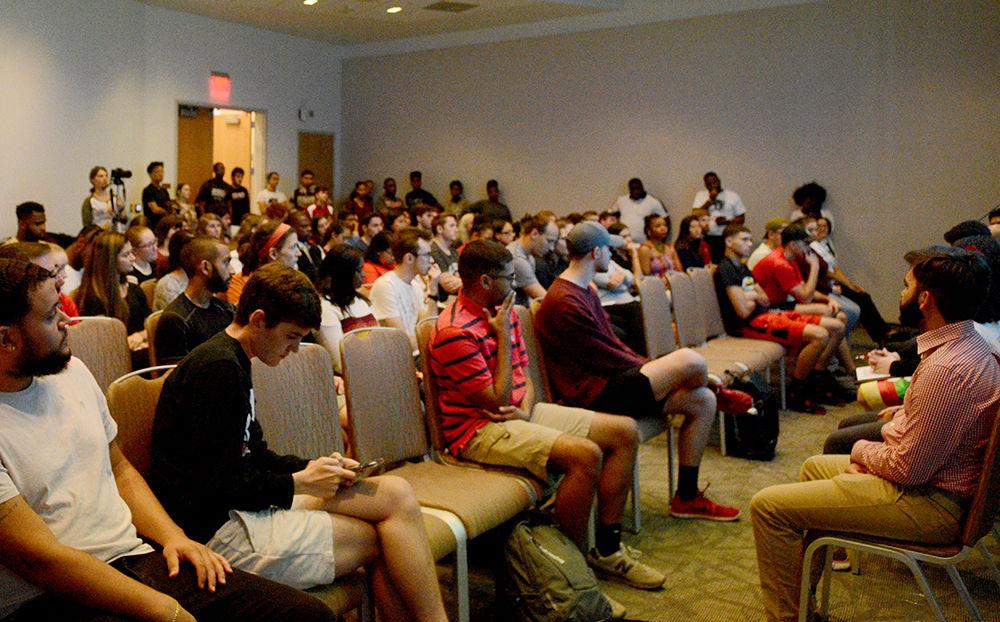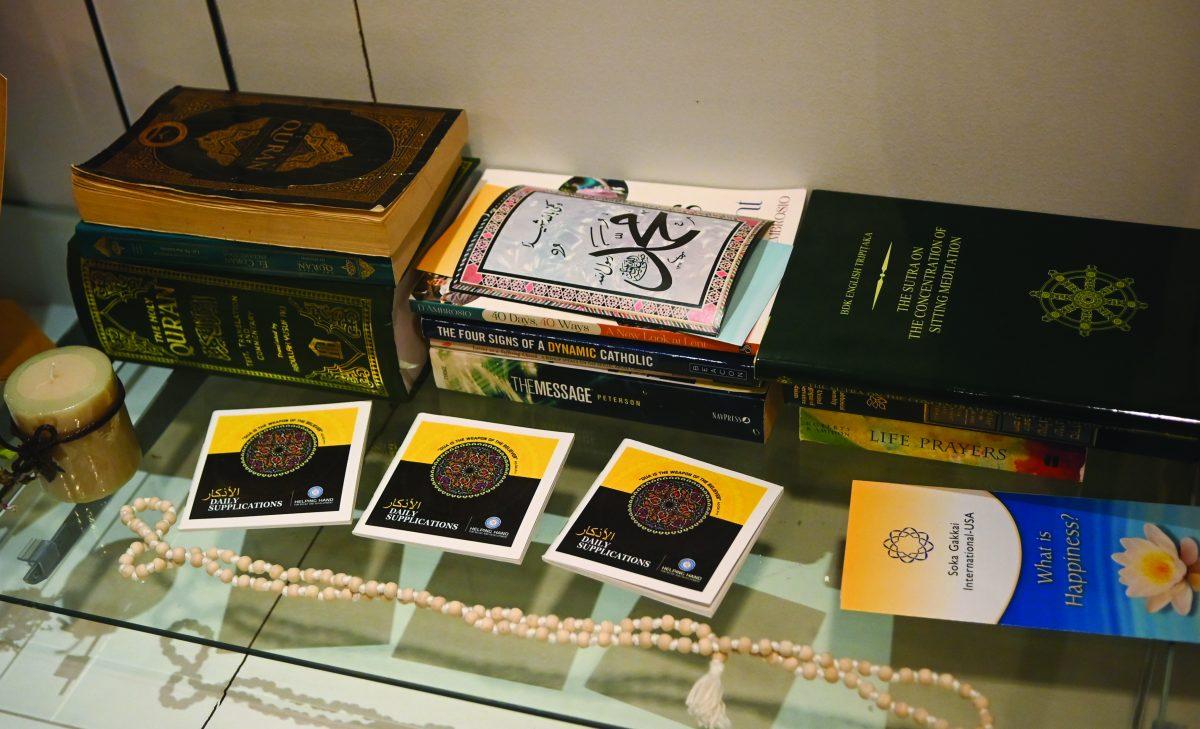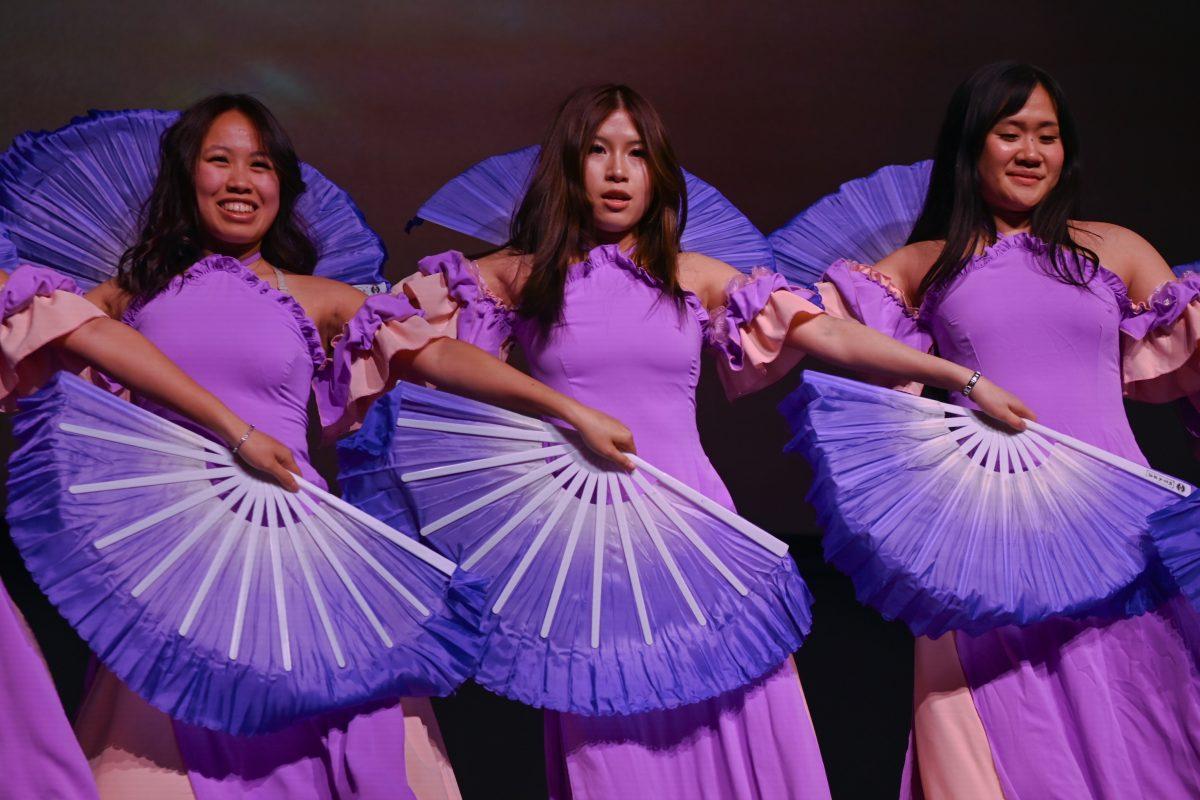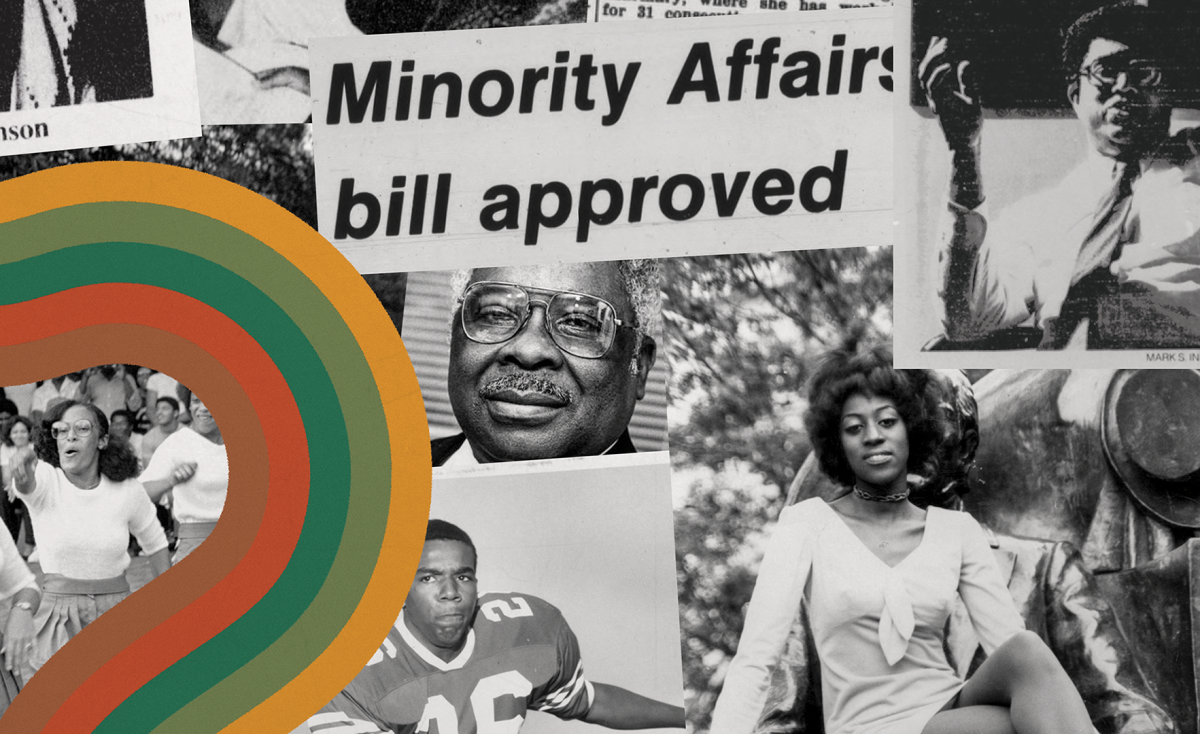NC State’s Native American Student Association and Multicultural Student Affairs hosted a celebration of Indigenous Peoples Day, including food, dance and honor songs, speakers and panelists discussing the Indigenous identity and what it means.
The event, held on Oct. 12, highlighted the eight state-recognized peoples of North Carolina — the Haliwa-Saponi, the Sappony, eastern band of Cherokee, the Lumbee tribe, the Coharie, the Meherrin, the Occaneechi band of the Saponi nation and the Waccamaw-Siouan.
Caleb Hedgepeth, a fourth-year studying mechanical engineering, presented on Indigenous peoples of North Carolina and the Indigenous identity as a whole.
“Now that we recognize Indigenous Peoples Day, it’s … taking the day back from the colonizer as it was, and really recognizing that we’re still here, and that we, through all the genocide and pain, that we stuck it out and we’re still here, still kicking,” Hedgepeth said.
The back of the ballroom was lined with tables from a milieu of Indigenous-based clubs on campus. In addition to the Native American Student Association, there was the American Indian Science and Engineering Society and Phi Sigma Nu, an Indigenous-based fraternity.
Ashtyn Thomas, a first-year studying architecture, was adorned in Pinecone patchwork regalia to represent the Lumbee People. Thomas was chosen as Miss Lumbee 2023, which is an ambassadorship lasting a year.
“For me [the Indigenous identity] means never taking ‘No’ for an answer,” Thomas said. “My ancestors were the first people to establish an institution to educate Native people. And previously, they were told, ‘No, that’s not something you should do.’ … I’m descended from those people who were so headstrong, and who cared enough to make sure that we today have education and are thriving today. It just makes me proud.”
Thomas also sang using a shaker that symbolized the story of Skywoman falling to earth, dancing on the back of a turtle in order to spread abundant life on the planet. The song was one of three played in the celebration. The first was an honor song using a simple drumbeat and vocalizations, and the last one was a circle dance, where everyone in the room locked hands and danced in a circle.
NC State University, a land-grant institution, benefited from the Morrill Act. This act designated previously Indigenous lands for the foundation of universities.
Prior to the event, the University put out a land acknowledgement statement. Hedgepeth said the land acknowledgement is a way to recognize and honor how NC State came to be here and meditate on the uses of land throughout time.
“It seems pretty miniscule — it’s basically just a statement from the University — but at the same time, it’s showing that we’re fighting for it and they’re listening, and we’re making progress as a collective Indigenous people,” Hedgepeth said.














